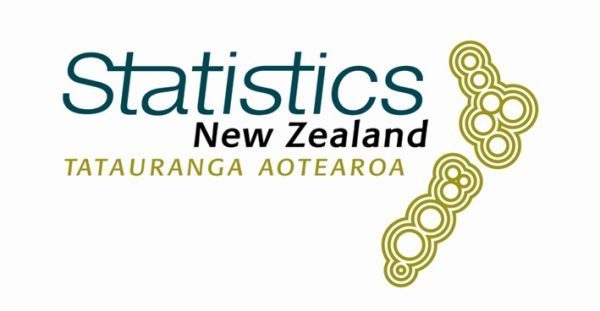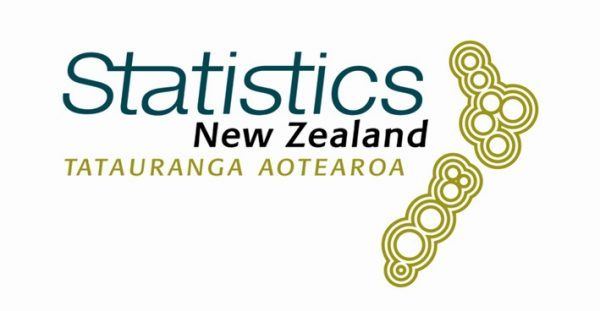
Annual net migration decreased by 8,600 for the July 2018 year, down from the record high of 72,400 a year ago, Stats NZ said today.
“Even though annual net migration is lower than a year ago, it is still high by historical standards,” population insights senior manager Brooke Theyers said.
The decrease was mainly driven by more non-New Zealand citizen migrants leaving the country, after being in New Zealand for at least a year.
Non-New Zealand citizen migrant departures were up 20 percent from the July 2017 year to 31,300.
Annual net migration in the July 2018 year was 63,800. Migrant arrivals were 129,000 and migrant departures were 65,200.
Permanent and long-term migration, year ended July 2018
High net migration rate
New Zealand’s current gain from net migration for the June 2018 year equates to 13 people per 1,000 population. Similar net migration rates were also experienced in the early 2000s.
“The more recent net migration rates are high for New Zealand and high by international standards,” Mrs Theyers said.
“Smaller countries like New Zealand and Ireland tend to have larger swings in net migration rates simply because they have a small population. In contrast, countries with large populations tend to have low net migration rates.”
Germany had a net migration rate of 14 in 2015. Given its population of about 82 million then, this equated to net migration of over 1.1 million people in that year.
New Zealand’s current migration rate is almost four times as high as the United Kingdom and the United States. Both had a net migration rate of 3.4 people per 1,000 population in the June 2017 year.
Outcomes-based net migration updated
An update to the outcomes-based measure of migration (the ‘12/16-month rule’) released today on Infoshare brings the series forward to March 2017. This measure looks at the travel history of a passenger over a 16-month follow-up period, and assigns a classification depending on how long they spent in New Zealand.
To allow for a timelier statistic, Stats NZ has been developing provisional migration estimates, early results of which will be available next week. This will allow Stats NZ to transition from the intentions-based approach to the outcomes-based approach.





